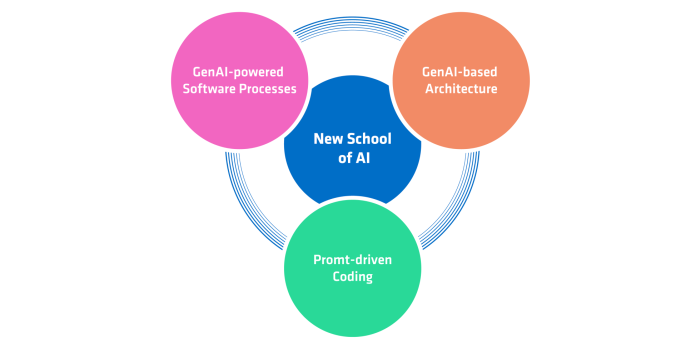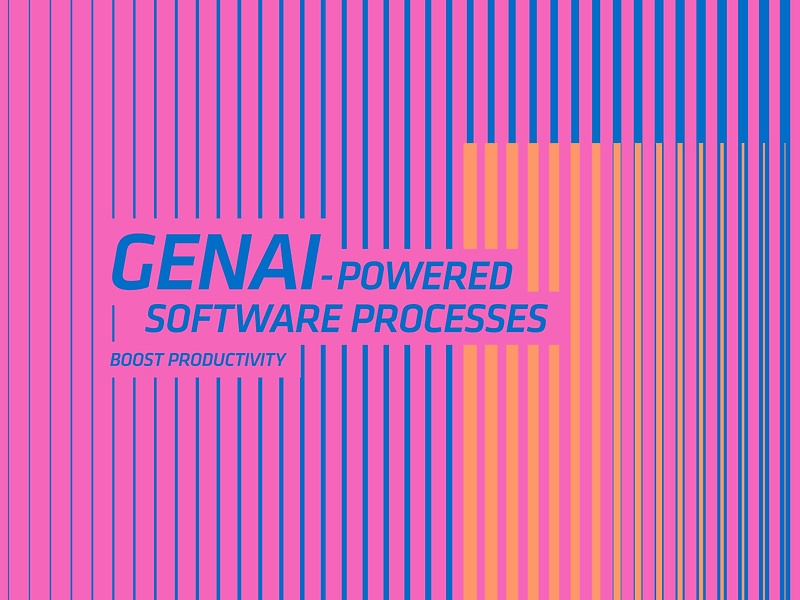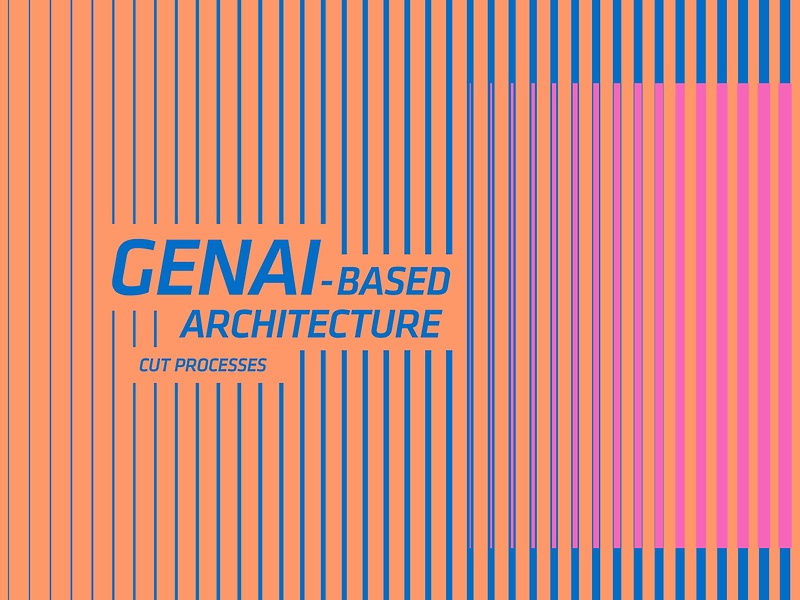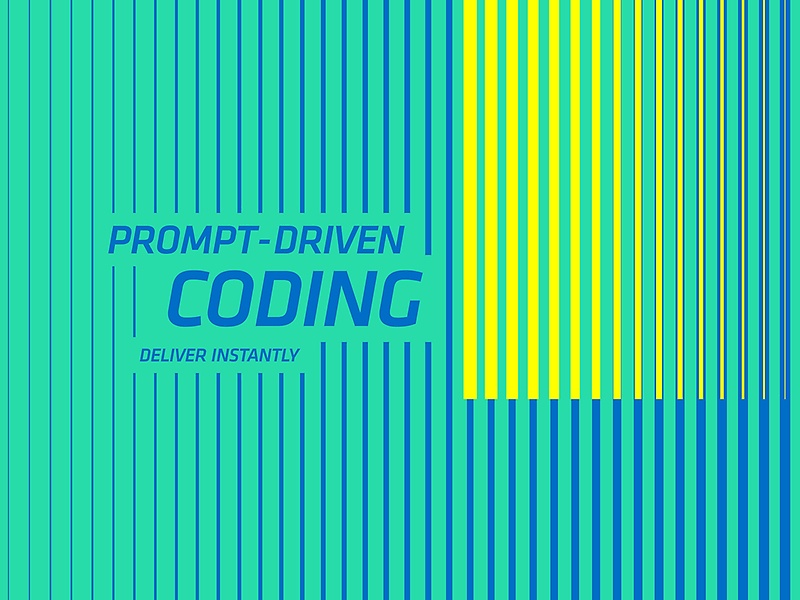Whether GenAI becomes a competitive advantage or a stumbling block is being decided now – in your IT department. Those who set the right course today will lay the foundation for faster processes, robust architectures and economically successful software solutions tomorrow.
GenAI automates what was previously considered unthinkable: creativity, analysis and design. The technology can unleash its full potential wherever digital artefacts are present. Software processes are a prime example of this.
The scope of this transformation is enormous. GenAI is not limited to individual functions or aspects of IT, but is changing the entire blueprint of software. The list of examples is long: software is becoming more autonomous. The ability to develop applications is no longer limited to traditional developer roles. Architectures are becoming more dynamic, while the timing and pace of development are changing.
This simultaneity presents challenges for those responsible. While the technology opens up new scope and business opportunities in IT, it also requires a new understanding of tasks, responsibilities and processes.
This is precisely where the idea of the New School of AI comes in. It analyses developments and organises dynamics. It gives those responsible the guidance they need to make informed decisions.
Three lines of development are shaping this change – and show what matters now.





